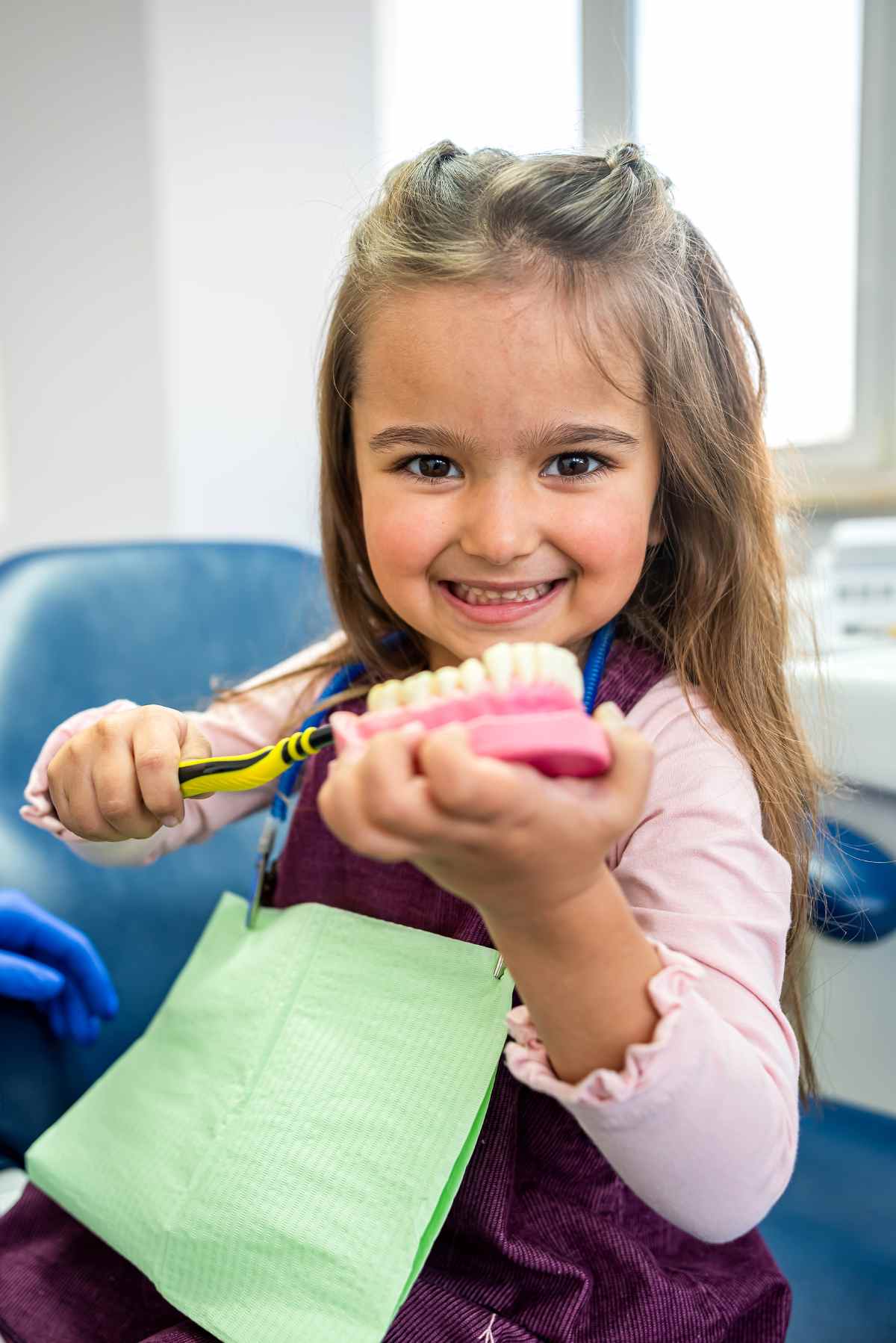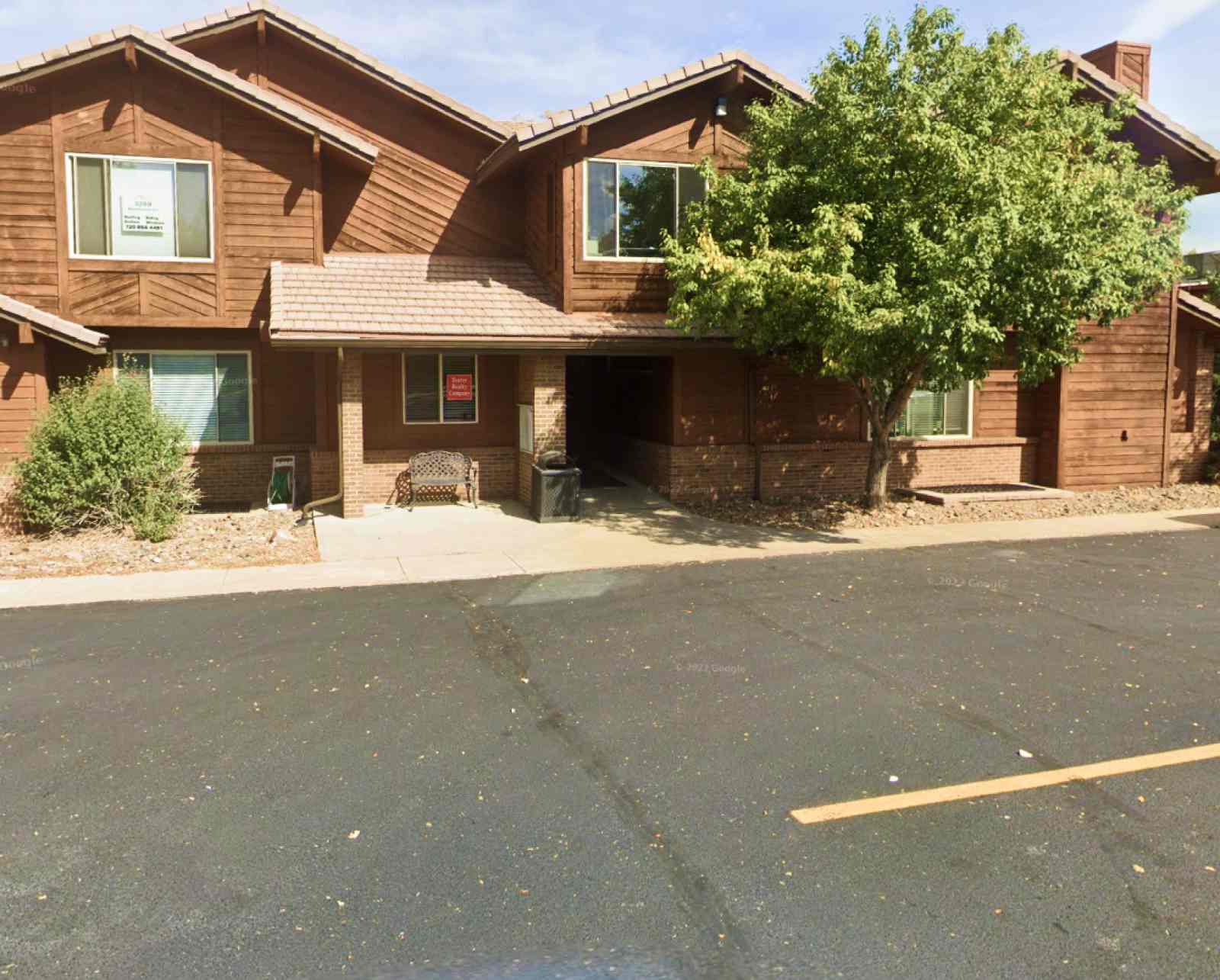Pediatric Dentistry in Brighton, CO
Caring & Compassionate Kids Dentistry
- dentistry FOR KIDS
How We Help
Children are not just a subset of patients for us; they are our only patients! At our office, Dr. Hannah and her team of passionate pediatric professionals are dedicated to ensuring your child has a healthy start and a lifetime of beautiful smiles through the prevention and treatment of dental issues.

Prevention
The American Academy of Pediatrics, the American Dental Association, and the American Academy of Pediatric Dentistry all recommend establishing a “dental home” for your child by one year of age.

Treatments
We offer a variety of treatments so your child can have the best dental health possible! We offer professional cleanings, fluorides, sealants, fillings, nitrous oxide, pediatric nerve treatment, and more.


